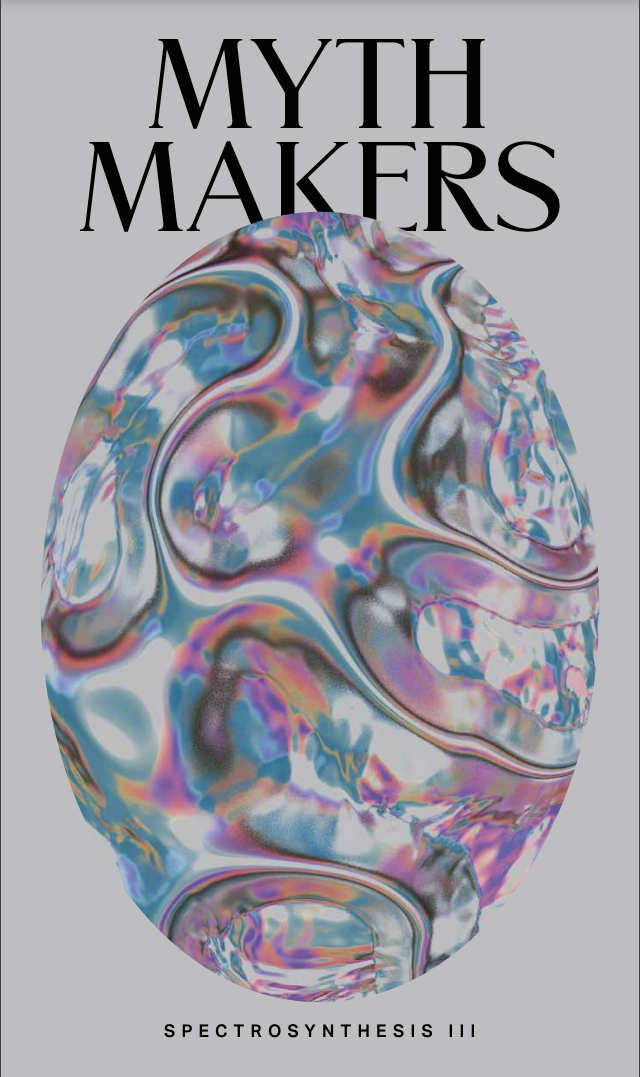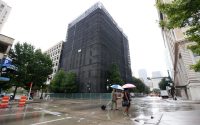Chicago’s Rhona Hoffman to Give Up West Town Space, Change Model
It’s the end of an era in Chicago: Rhona Hoffman, who has been a gallerist in the city for nearly five decades, will close her space in Chicago’s West Town area and cease to operate as a traditional gallery beginning in May 2025.
“My lease is going to be up,” Hoffman told ARTnews of her space of six years on West Chicago Avenue. “I celebrated this amazing, shocking age”—she recently turned 90—and the [Museum of Contemporary Art] gave me this big party celebrating my birthday. There was no thought process about doing this. It just happened. It was a perfect storm of the lease running out, and the elections coming up.”
Hoffman is quick to add that she is not exactly closing. She will continue to do exhibitions in some form, she said, whether in another Chicago space or in a popup model. What artists she continues to represent will be sorted out over time. What she won’t be doing is having a traditional gallery that rotates shows ten times a year.
“For maybe a month, it will be my apartment,” she said. “I’m open to things. I’m not going to have the automatic changing of a show every five or six weeks and will be constantly reinventing.”
Hoffman is part of a group of galleries that opened in Chicago in the 1960s and 1970s that included Jan Cicero, Richard Gray, Donald Young, and Zolla/Lieberman. Jan Cicero closed in 2003, and Donald Young shuttered in 2012 after the death of Young, in collaboration with whom Hoffman opened her first gallery, Young Hoffman, in 1976. Richard Gray died in 2018; his son Paul Gray now runs the gallery.
She is of the same generation of storied New York art dealers Paula Cooper, Marian Goodman, and Barbara Gladstone, the latter of whom died earlier this year. Unlike them, Hoffman has decided that when it does come time for her to cease showing art, her gallery will not continue. “I never thought of a succession plan,” she said. “That really doesn’t interest me, because I like running my own place and don’t want a substitute.”
Asked about the biggest changes in the art system over the course of her career, Hoffman pointed to the phenomenon of the megagalleries. “I love finding new artists, young artists, and it turns out I’m quite good at it,” she said. “And so you bring them up to speed in your gallery, people notice it. And then in comes [a megagallery] and says, ‘Come here, little artist, we’re going to do more for you.’ There’s a loss of income [to my gallery that] comes with that.” She added, “And in the end, it can be detrimental to the health of the artist, because they take the up-and-coming star, and then if that doesn’t work out, the star is really lost. Where are they going to go? I think, in a way, the artist is being abused by all that success.”
Hoffman’s gallery has become known over the years for showing major artists like Leon Golub, Cindy Sherman, Barbara Kruger, Jenny Holzer, and Sylvia Plimack Mangold. In the late ’70s, she exposed Chicago audiences to New York artists like Gordon Matta-Clark and Vito Acconci. More recently, she has helping to launch the careers of young artists, like Nathaniel Mary Quinn. Forty-four years ago, helped found the art fair that eventually became Expo Chicago. (She will take part in Expo next April, as well as in Art Basel Miami in December).
Asked about some of the highlights of running her gallery over the decades, Hoffman pointed to the time in in the 1990s when she helped photographer Dawoud Bey get a special camera that produced 20×24 inch prints for the acclaimed series of photographs he took of youths on the South Side of Chicago. She also recalled a previous space her gallery occupied, where she showed Leon Golub’s Colossus Heads and Vietnam paintings, and was able to construct one of Sol LeWitt’s concrete pyramids by enlisting students from a local concrete construction school; LeWitt flew in from New York in and gave the students a critique.
What she will miss most about having a gallery in the traditional mold, she said, is “people coming in and talking to me all day long, about what they think about the show. That conversation.”
“Now is a point in time where I feel really consumed by my interest in what’s going to happen to my kids, and kids all over. What’s going to happen to the planet? What are we doing? It’s a mess. The best art has always played a role in helping to figure that out. I want to be a part of that, but not by just moving along having show after show. I’ve done that.”
The gallery will still participate in the upcoming Art Basel Miami Beach and EXPO Chicago fairs.



